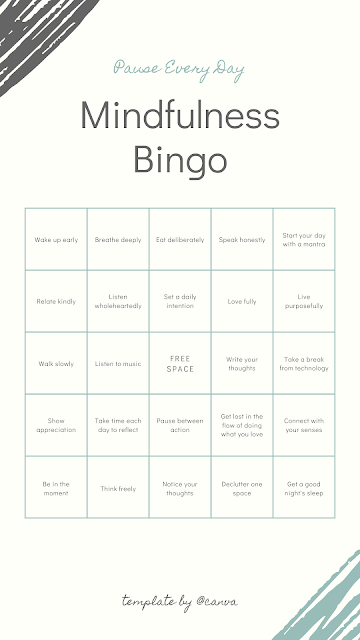Deep Breathing as a Coping Skill
Has anyone ever told you to just “take a deep breath” while experiencing
stress? It may seem like a silly suggestion and many may think “how is
breathing possibly going to help me with my stress”. In fact, engaging and being
mindful of your breath is an amazing coping skill to add to your toolkit. Let
me explain why deep breathing is so important in helping you to better manage
stress.
When you are calm, your body’s nervous system enters what is
known as a “rest and digest” mode. Your muscles are relaxed, your breathing is
normal, your heart rate is slow, and your brain’s frontal lobe, in charge of problem
solving, planning, learning, and impulse control, is switched on. When you
experience a stressful event your nervous system switches to a “flight, fight
or freeze” mode. This mode prepares you for battle by increasing your heart
rate, breathing increases, muscles tense, and your frontal lobe gets switched
off as another part of the brain called the limbic system takes over. The
limbic system is the emotional part of our brain and during times of stress it
turns on to help us detect threats. Its intentions are good, but the limbic
system needs the other part of the brain, the frontal lobe, to be turned on in
order to help better manage our stresses. This is where the technique of deep
breathing come it.
Slowing our breathing tricks our nervous system into believing
that the “threat” is gone. This helps our “rest and digest” mode switch back on
allowing our lovely frontal lobes to start working. If you remember, our
frontal lobes help us solve problems and to think logically about solutions instead
of our limbic system that will often use anger, or anxiety, often making things
worse.
Now that you understand the importance of focusing on your
breath during times of stress let me teach you some of my favorite breathing exercises.
1) Wave Breathing – Find a quiet space, this is key
as it will allow you to hear wave noises. Cup your right and left hand creating
a “C” shape, then place each cupped hand over your ears. Then slowly breathe in
through your nose and out through your mouth. If you listen closely you can
hear what sounds like waves crashing on the shore. This is the echo created by your hands over
your ears! Do at least 5 big breaths or go until you feel your body relax.
2) Five Finger Breathing – Using your right or left
hand, spread your fingers out like a star. Pretend the pointer finger of your
other hand is a pencil and imagine yourself tracing the outline of your hand
and fingers. Now, starting at the bottom of your thumb slowly slide your
tracing finger up to the tip of your thumb, pause at the top then slide your
finger down the other side. Make sure you breathe in, through your nose, when
sliding your finger up and breathe out, through your mouth, when you slide your
finger back down. Repeat this for all fingers until you get to your pinky. MAKE
SURE YOU GO SUPER SLOW. It is important to get big deep breaths in.
3) Bubble Breathing (for those who want lots of practice)
– All you need is bubble mixture (can use liquid soap and water) and a bubble
wand (can use pipe cleaner or a drinking straw as a DIY). Then blow slow and
gently to create bubbles, this forces you to breathe deeply. Repeat as many
times as it takes to feel your body calm. I like to do a minimum of 5 breaths.



Comments
Post a Comment